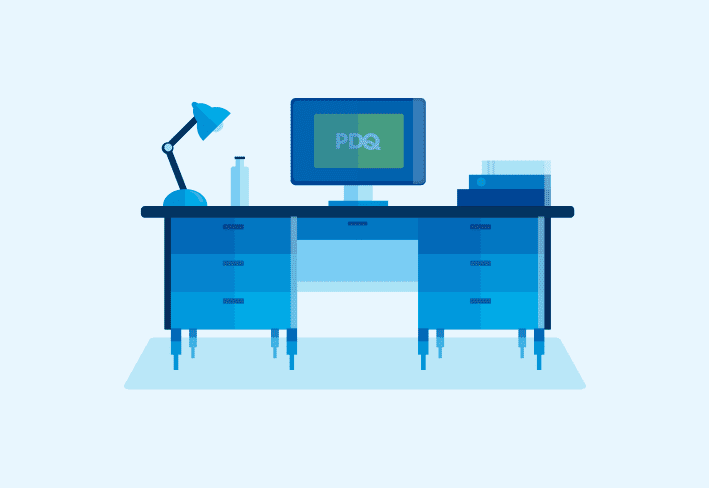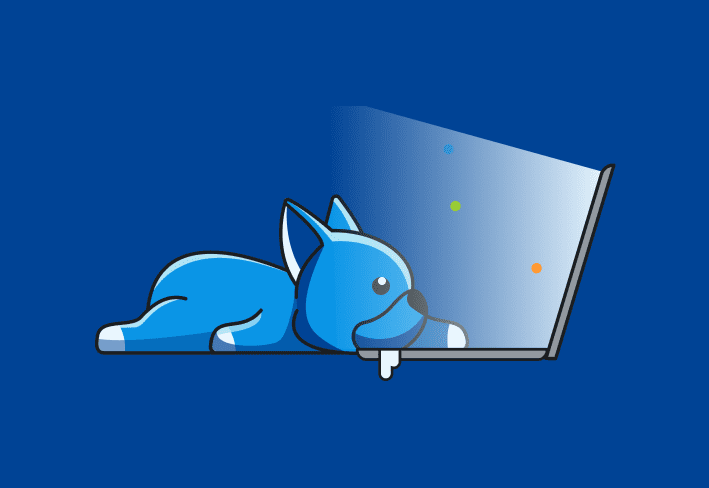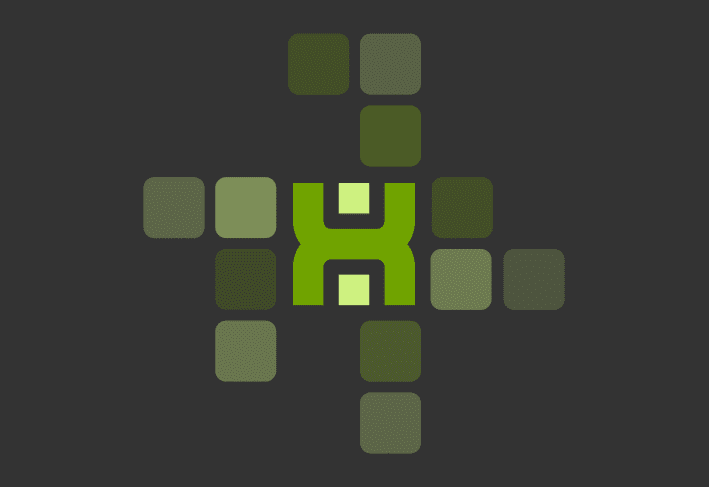Lansweeper is an IT asset management and discovery tool known for its detailed inventory capabilities and network scanning. While some sysadmins value its in-depth reporting and agentless setup, others find it overly complex or too limited for cloud and hybrid environments. We’ll break down how some of the top Lansweeper alternatives stack up.
Why consider a Lansweeper alternative?
Sysadmins seek Lansweeper alternatives due to its complex interface, limited cloud features, and inconsistent support. Many users report frustration with hybrid environments, steep learning curves, and difficulty reaching customer service.
Complex user interface
Users frequently flag Lansweeper’s dashboard and navigation structure as unintuitive or overwhelming. The platform’s wide range of tabs, reports, and nested options can slow down workflows and create a steeper learning curve than expected.
"If you're fresh in the IT field ... you will see this as a chaotic app. There are a lot of tabs and functions everywhere in the web panel." — Rommel L., senior IT support
“Because Lansweeper groups so many features into a single inventory, it leaves something to be desired in its organization within the platform, confusing the administrator who will use the panel. I believe that Lansweeper needs to have more intuitiveness for the user.” — Lidiane M., information technology analyst
“The interface can use a bit of an update and controls are not exactly intuitive.” — Rish D.
Limited cloud capabilities
While Lansweeper excels in on-prem environments, sysadmins often cite its cloud functionality as a major limitation. Users managing hybrid or fully remote infrastructures say they find it difficult to get full visibility or control without additional tools or workarounds.
“Getting Lansweeper to work and link to the cloud site is an exercise in frustration, especially given the complete lack of product support even for paying customers.” — Verified user in higher ed
“While it works well when everyone is in the office, when people are away, it is a challenge to keep the information up to date, as the server is an internal server.” — Verified user in media production
Inconsistent customer support
Some Lansweeper users complain about poor customer support. While the tool offers extensive documentation, getting timely, hands-on help during urgent issues might be challenging — especially for smaller teams who don't pay for pro or enterprise support.
“Support is non-existent. Support relies on email contact, which is then summarily ignored. In order to solve a technical issue in any amount of time, you need to call and speak to a sales rep — they're the only ones who seem to be able to fix things. Their tech support is a joke.” — Verified user in higher ed
1. PDQ Connect
Best for: Fast, cloud-first Windows device management
TL;DR: PDQ Connect offers automated patching, deployment, and real-time inventory from a clean, user-friendly interface with transparent pricing. It addresses critical needs like patching, vulnerability remediation, software deployment, and inventory. PDQ Connect simplifies day-to-day device management, whether you’re on-prem, remote, or hybrid.
Features
Real-time asset inventory visibility
Automated patch management
Cloud-native structure
Unlimited custom and prebuilt reports
Prebuilt, ready-to-deploy packages
Schedule-based automations
Environment-based vulnerability prioritization
One-click vulnerability remediation
Integrated remote desktop
Pros
Intuitive, user-friendly interface
Cloud-first architecture
Rapid setup (no on-prem servers required)
Powerful, flexible reporting
Fast, friendly customer support
Transparent, approachable pricing
Cons
Purpose-built for Windows device management (not a “does-it-all" tool)
No macOS support — yet (but it’s on the roadmap)
Why is PDQ Connect the best Lansweeper alternative?
When it comes down to PDQ Connect vs. Lansweeper, PDQ Connect offers a host of relevant features for sysadmins.
Broad feature set
While Lansweeper offers software inventory management, PDQ Connect goes further with native tools for desktop management, patch management, and vulnerability management — all in one platform. Lansweeper often requires third-party integrations for comparable functionality, increasing complexity and overhead.
User-friendly, fast interface
PDQ Connect was designed to be simple, clean, and fast to navigate. In contrast, many Lansweeper users cite a cluttered and unintuitive interface that can slow down workflows and require a steep learning curve.
Responsive customer support
PDQ provides fast, U.S.-based support known for being helpful and accessible. In contrast, Lansweeper users frequently report inconsistent support experiences and long response times — even on paid plans.
Transparent pricing
PDQ Connect starts at $12 per device per year, with no hidden costs or complicated tiers. Lansweeper has a smaller feature set and often requires additional spend for external integrations or extended functionality.
Centralize your endpoint management
With PDQ Connect, gain real-time visibility, deploy software, remediate vulnerabilities, schedule reports, automate maintenance tasks, and access remote devices from one easy-to-use platform.
2. NinjaOne
Best for: All-in-one remote monitoring and management (RMM) with patching and backup capabilities
TL;DR: NinjaOne combines endpoint monitoring, remote access, and backup with quick setup for cloud and hybrid environments. NinjaOne is an RMM platform built to give IT teams end-to-end control over their endpoints. It includes features like patch management, real-time inventory tracking, remote access, backup, and mobile device management (MDM), making it a broader solution than Lansweeper’s primary offering of inventory management.
While NinjaOne may appeal to teams looking for a more comprehensive tool set than Lansweeper — especially in areas like remote support, deployment, and backup — its wider scope comes with more complexity and a higher price tag.
Features
Real-time inventory data
Automated patch management
Vulnerability scanning
Remote desktop and command tools
Backup, including Microsoft 365 backup options
MDM for Android and Apple devices
Pros
All-in-one endpoint management platform
Rapid deployment and configuration for cloud and hybrid teams
Built-in patch management and remote access
Cons
Inconsistent support response times
Advanced configurations that add complexity
Limited depth in asset reporting
Higher total cost with added features
3. SolarWinds
Best for: Enterprise-grade network monitoring and visibility
TL;DR: SolarWinds provides deep infrastructure insights, custom alerts, and robust system monitoring for large IT environments. SolarWinds is an enterprise-grade IT management platform that offers tools for network monitoring, patch management, remote support, and system performance tracking. It's primarily designed for midsized and large organizations that need deep infrastructure visibility and advanced alerting across complex environments.
While Lansweeper focuses on asset inventory and discovery, SolarWinds offers deeper insights into network traffic, bandwidth, and uptime across complex environments — features Lansweeper does not provide natively. As a result, SolarWinds is often more complex to deploy and configure, and its modular pricing model can increase total cost, depending on the tools you need. If you're looking only for asset inventory with lightweight reporting, SolarWinds likely offers more features than you need.
Features
Network and system performance monitoring
Patch management
Remote monitoring and management
Asset discovery and inventory
Custom alerting and scripting
Log and event monitoring
Pros
Deep infrastructure and network health visibility
Scalable product options for enterprise needs
Robust alerting and customization tools
Cons
Steep learning curve and extended onboarding time
Outdated interface compared to modern tools
Higher total cost due to modular pricing
Less intuitive UI for endpoint tasks and quick asset access
4. Microsoft Intune
Best for: Microsoft-centric endpoint security and compliance
TL;DR: Intune integrates with Microsoft 365 and Azure AD to enforce policies and manage devices in Windows-heavy organizations.
Microsoft Intune is a cloud-based endpoint management platform that sysadmins can use to configure devices, enforce security policies, and deploy applications across Windows and mobile environments. It integrates tightly with Microsoft 365 and Azure AD, making it a strong option if you've already invested in the Microsoft ecosystem.
Unlike Lansweeper, which focuses primarily on asset inventory and network scanning, Intune emphasizes policy enforcement, compliance, and endpoint configuration. However, its complexity, limited visibility into non-Windows environments, and steep learning curve can be barriers — especially for smaller teams or those managing Apple or Linux devices.
Features
Cloud-based Windows and mobile device management
Policy enforcement and compliance tracking
Application and update deployment
Microsoft 365 and Azure AD integration
Mobile device and app management (MDM/MAM)
Endpoint security configuration
Pros
Seamless integration with Microsoft ecosystems
Robust compliance and policy management
Scales well for large or distributed teams
Cons
Complex setup and higher administrative overhead
Limited asset visibility (compared to Lansweeper)
Steep learning curve for automation and policy configuration
Primarily optimized for Microsoft environments
Less intuitive for inventory or multi-OS management
5. ManageEngine
Best for: Broad unified endpoint management (UEM) capabilities and OS flexibility
TL;DR: ManageEngine offers full endpoint lifecycle tools including patching, imaging, MDM, and asset tracking.
ManageEngine Endpoint Central is a UEM solution that provides a wide array of tools for managing desktops, laptops, servers, and mobile devices from a centralized console. Its capabilities include patch management, remote access, software deployment, and mobile device management — making it a broad and feature-rich platform.
Compared to Lansweeper’s focus on IT asset inventory and discovery, ManageEngine offers a more extensive tool kit for managing devices throughout their lifecycle. However, ManageEngine's complexity, slower performance, and layered pricing model can make it harder to adopt for smaller teams or those prioritizing simplicity and speed.
Features
Automated patch management
Software deployment
Asset and inventory management
Remote desktop control
Mobile device management
OS imaging and deployment
Pros
Comprehensive endpoint management tool set
Cross-platform support for multi-OS environments
Powerful automation and scheduling capabilities
Cons
Slower interface performance with occasional lag
Steep learning curve for setup and configuration
Complicated pricing structure
Extra configuration or add-ons required for some features
Less intuitive UI for inventory-only workflows
Lansweeper alternative FAQs
What is Lansweeper?
Lansweeper is an IT asset management tool focused on network discovery and inventory. It supports agentless scanning but has limited cloud capabilities.
What should I look for in an endpoint management tool?
When choosing an endpoint management tool, look for features like automated patching, software deployment, real-time inventory, and strong security controls. A good solution should be easy to use, scalable for remote environments, and offer clear pricing. Integration and reporting capabilities also matter.
What should I consider when reading Lansweeper reviews?
When reading Lansweeper reviews, consider user feedback on ease of use, cloud support, customer service, and feature limitations. Pay attention to how well it fits your environment — some users report a steep learning curve, limited automation, and the need for third-party tools to access full functionality.
What is the best Lansweeper alternative for me?
The best Lansweeper alternative depends on your team’s needs. If you want simple, cloud-based Windows device management with built-in patching and deployment, a lightweight tool like PDQ Connect works well. For broader IT operations or multi-OS environments, consider platforms with more advanced endpoint or network management capabilities, like SolarWinds.




